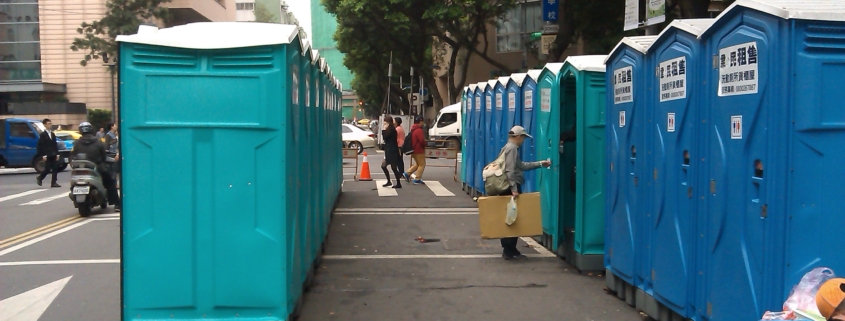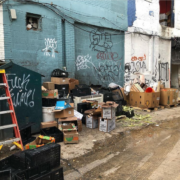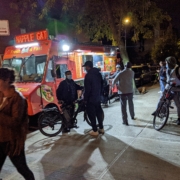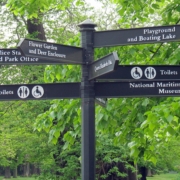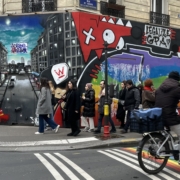Cities must prioritize the provision of accessible, well-maintained, and secure public restrooms
Big cities suffer from numerous problems. One intractable and long-standing challenge has been a failure to provide residents, commuters, and tourists with adequate places to go to the bathroom.
From mothers with children in tow, to the burgeoning homeless population, this state of affairs presents an intractable inconvenience.
For example, few urban public transportation systems have public bathrooms located at their stops, stations, and major terminals.
Nonresidents, needing to go to use a restroom, are often forced to find a commercial location, like a restaurant, a fast food place, retail establishment, or a gas station to do their duty.
But even these locations pose their own set of problems. Sometimes the facilities are only available to customers, and/or you need a code. Often the bathrooms are out of order, and occasionally they’re disgustingly dirty making the user wonder if the experience would have been better if they would have held it in longer in order to find a more suitable place to relieve themselves. Meanwhile many establishments deny service to their bathrooms to homeless and mentally ill people who sometimes use these venues as places to wash up, or temporarily camp out in. That’s why so many people end up resorting to doing their business in a nearby back alley or behind a bush. This practice may be so normative, in some neighborhoods, that it is part of the street culture.
Additionally, go to selected parts of almost any big city in the world, especially during the hot summer months, and you’re likely to pass by areas where the smell of urine is prominent and almost overpowering.
Feces (whether they are human or animal) and urine attract flies, other insects and rodents that feed off of them. A pest control professional once told me shit is to rodents as steak is to humans.
Parts of the city where there are high levels of urine and feces are undesirable to live, work and pass through. Though difficult to prove, this situation is bound to have an economic effect on property values and the viability of businesses to thrive.
Live long enough in an area (or work close by) and you’ll learn the places where you can use a free public bathroom. And there are probably a handful of apps that one can use but if you’re homeless, the likelihood of you owning a smart phone to access that app is probably pretty low.
In many respects states, in particular their highway systems, have done a better job than municipalities and county governments, providing restroom facilities for motorists and their passengers who just gotta go. Some even have fast food restaurants located inside the structure, and others don’t.
Moving on, there are probably five major strategies that municipal governments can take to increase the provision of well-maintained and secure public restrooms.
First, while cities are developing new policies, practices and legislation in this area, they should install more portable toilets in public areas.
Second, if financially viable, municipalities should consider installing either portable or low cost/low maintenance toilets in abandoned buildings and structures.
Third, urban governments should take advantage of innovative designs that some cities around the world have adopted for self-cleaning and low maintenance public toilets.
Fourth, more taxpayer money needs to be allocated to this problem. This will require re prioritizing annual budgets devoted to this urban challenge either through a single line item in an annual budget or greater scrutiny of the subagencies that provide this kind of service. Part of this initiative should include insuring that urban parks that fall above a certain size have a well maintained and secure public bathroom.
Finally, similar to the approach adopted by the federal government, with the passage of the Americans with Disabilities Act, cities should mandate that all newly constructed office buildings should have a well maintained and secure public bathroom on their first floor, that does not require going through a security gate just to use. This could include a tax break or other incentive to force property developers to comply.
These are just a handful of solutions to a long standing problem that is not simply an inconvenience but has social and economic implications too.
Photo credit:
Photographer: Jesse Steele
Title: Public Restrooms

